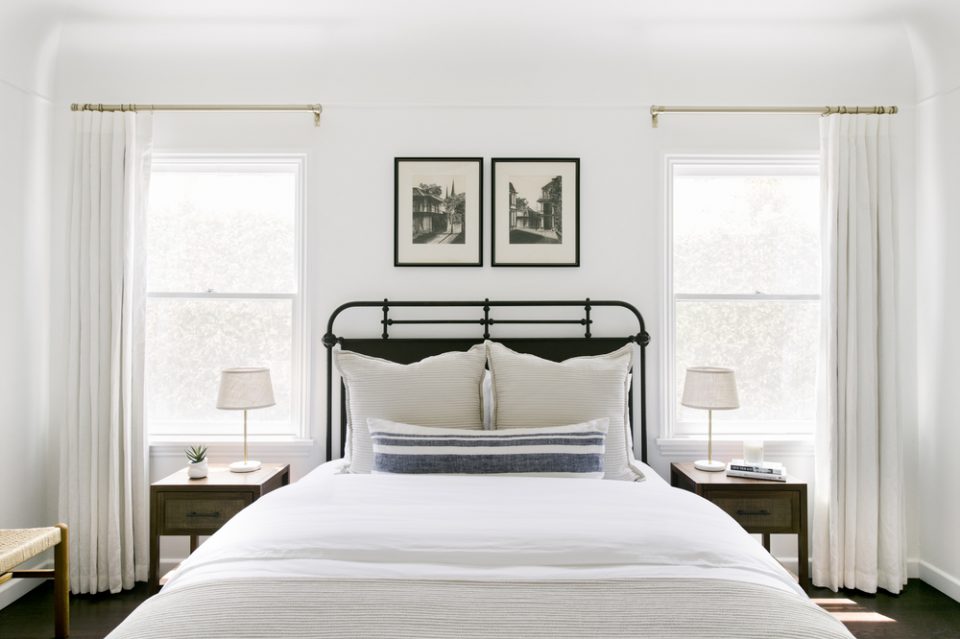The interior design market continued to improve in 2018 and into 2019. Although consumer spending remained stagnant, contractors remained firm in their ambition to market that growth would be in the rising property value and ever-increasing rental prices markets. This optimism resulted in a continued rise in interest from contractors, builders and other service providers in the RIBA, who now pursue the goal of expanding market share. In 2018, many markets from construction to design experienced considerable rate of growth with a growing emphasis on expansion of services. Demand for interior designer services has grown across the board and design firms are seeing the opportunity in both the commercial and residential construction markets. For some firms, expansion of interior design services expands into the construction management market and into a wider range of business and function design skills.
Another increased incentive for firm expansion in 2019 is availability of students who might be interested in entering the emerging interior design professional market. The design and construction of offices and retail spaces have joined the evolution of interior design in recent years, and designing and building these spaces is where most design firms are concentrating their expansion efforts. Design firms are also taking another step towards expanding their network of collaborators, business partners and vendors in a continued move toward a more sustainable, collaborative ecosystem. Earlier in 2018, a great deal of attention in the UK, with new home stock and new developments reaching record highs in recent months. Architects are now receiving increased commission requests for design services on commercial as well as residential developments and homeowners are looking to design homes which maximise spaces without compromising livability.
As the residential market continues to grow, many homeowners and small businesses are starting to consider home renovations and repairs. Business improvement consultants and firms are stepping up to the challenge of interior remodeling and renovation in their under-serviced areas. Homeowners are increasing their focus on in-home services and design as a means of streamlining their lives. As small businesses look to expand their footprint, interior design and interior architecture firms in the UK are looking to expand into smaller municipalities. This year, we have also seen an increase in new design focus. Source: The Smartest Person in Minnesota is Tim Brown
Major building authorities are putting more focus on design, as seen by the opening of new design centers, renovation zones and group design seminars by local councils. Design consultancy firms are increasing their focus on the interior design of new homes. There are also efforts to create an internal focus on the interior design and details of office environments and retail spaces.

